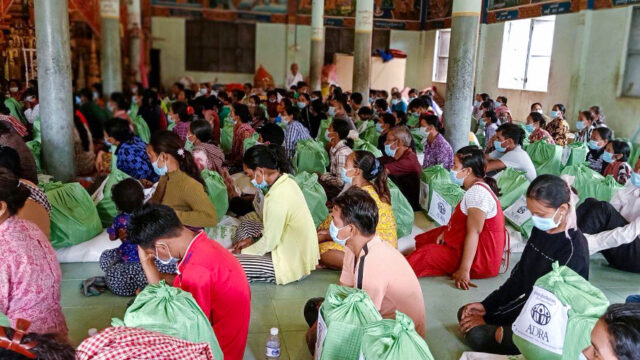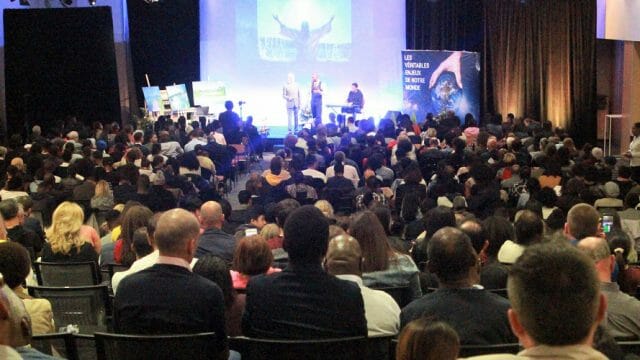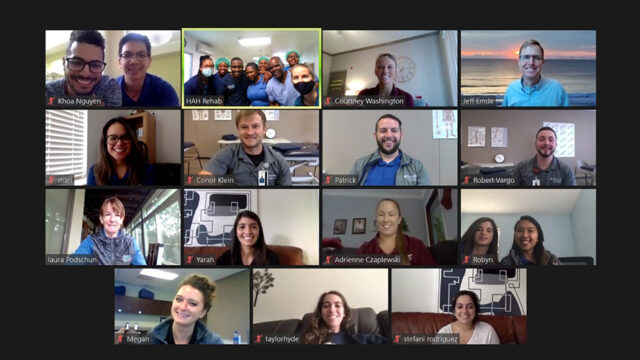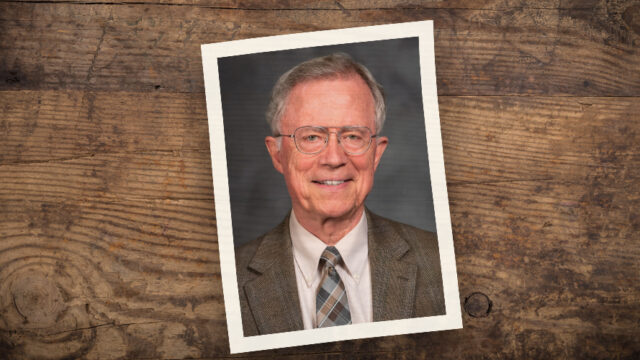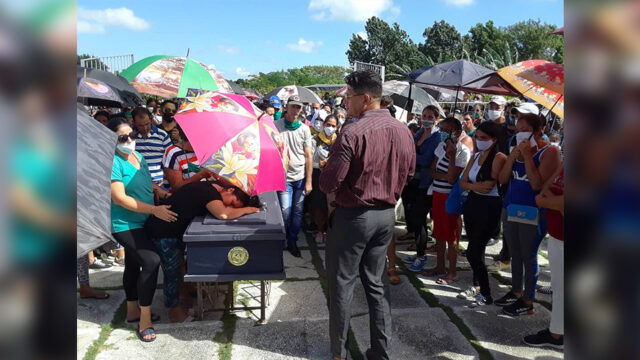The Encyclopedia of Seventh-day Adventists (ESDA) is now live and freely accessible at encyclopedia.adventist.org. Launched Wednesday, July 1, at Seventh-day Adventist Church headquarters, the project involved nearly […]
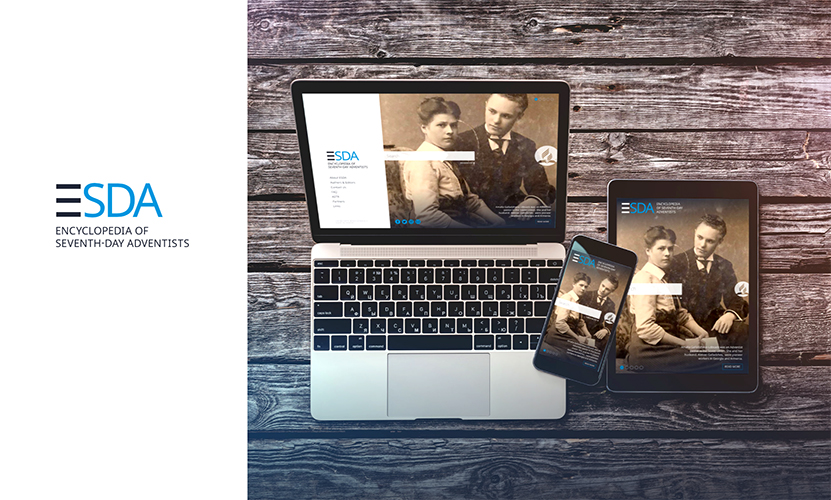
The Encyclopedia of Seventh-day Adventists (ESDA) is now live and freely accessible at encyclopedia.adventist.org. Launched Wednesday, July 1, at Seventh-day Adventist Church headquarters, the project involved nearly 1,000 writers from all world Church divisions and attached fields, and features over 2,100 articles, photographs and other historically significant documents. New articles are being added to the encyclopedia as time goes by. We invite you to visit us at encyclopedia.adventist.org for education and insight on the history and structure, culture, theology and more of the Adventist Church around the world. The following story is based on a longer article from the encyclopedia. Eds.
Bender Lawton Archbold’s presidency of the Inter-American Division of Seventh-day Adventists (IAD) between 1970 and 1980 broke all previous evangelism and growth records in the worldwide Adventist Church. An engaging and charismatic leader, Archbold possessed a disarming sense of humor and contagious laughter. Affectionately known as “Uncle Ben,” his dynamism and passion for evangelism as IAD president earned him the epithet, “Mr. Evangelism.”

A second-generation Adventist, Archbold was born on June 12, 1908, on the Colombian island of Providencia. He was the fifth of 11 children born to Sheridan Tyler and Matilde Carlota Archbold.1 At age 9, he attended a small Adventist primary school on his home island, walking three miles five days a week to reach the school even though there was a public school next door to his home.2 For secondary school, he attended the West Caribbean Training School, where he was baptized in 1922. For two years after graduation in 1928, Archbold taught at the church school in Bay Islands, Honduras.3
In 1930, Archbold attended Southern Junior College (now La Sierra University), graduating with an associate degree in business administration in 1932. He graduated from Pacific Union College in 1935 with a bachelor of arts degree in religion, with minors in English and business. He and his wife, Frances Victoria Burke, whom he married on November 24, 1936, had two daughters, Elizabeth and Ruth.4
Upon graduation, Archbold became dean of men and a teacher at West Indies College (now Northern Caribbean University). In 1941, he accepted a call to become education, youth, and lay activities director in the Panama Conference. While there, he was ordained on February 13, 1943. In 1947, Archbold became the principal of the newly founded Colegio Industrial Panameño (Panama Industrial Academy). In March 1949, he accepted a call to serve as youth and education director for the Caribbean Union Conference. He was elected president of the South Caribbean Conference in 1950, serving in that capacity for seven years.5
Archbold became president of Caribbean Union College (now University of the Southern Caribbean) in 1957. He served with distinction in this capacity until 1962. During this time, he also completed a master of arts degree in school administration and educational psychology from Andrews University.
At the 1962 General Conference Session, Archbold was elected director of the Lay Activities Department of the IAD. He was the first native Inter-American to hold an elected position at the IAD headquarters.6 Four years later, at the 1966 GC session, he was elected executive secretary of the IAD. At the following GC Session in 1970, he was elected president of the IAD, making him the first native Inter-American to be president of the IAD.7
In 1972, Archbold launched a division-wide evangelistic initiative called Evangelism Explosion.8 Its success grew the IAD to half a million members by 1977, the first division of the global Adventist Church to reach this milestone.9 This extraordinary growth became the impetus for new global evangelism and church growth programs.10 In recognition of Archbold’s outstanding leadership, Andrews University conferred on him an honorary doctorate on June 3, 1979.11
After 45 years of dedicated and productive service, Archbold retired in 1980. He died in Orlando, Florida, on August 12, 2006, at the age of 98.12
1 Daniel A. Duffis, “Dr. Bender Lawton Archbold—Sunrise June 12, 1908, Old Providence, Colombia, Sunset August 12, 2006, Orlando, Florida, USA,” unpublished document possessed by Archbold’s daughter.
2 Ibid.
3 Oswald E. Gordon, “Bender Archbold’s Early Years,” unpublished document possessed by Archbold’s daughter.
4 Duffis, “Dr. Bender Lawton Archbold.”
5 Gordon, “Bender Archbold’s Early Years.”
6 Eric John Murray, A History of Seventh-day Adventists in Trinidad and Tobago, 1891-1981 (Port of Spain, Trinidad: College Press, 1982), p. 179.
7 Duffis, “Dr. Bender Lawton Archbold.”
8 Floyd Greenleaf, The Seventh-day Adventist Church in Latin America and the Caribbean (Berrien Springs, Mich.: Andrews University Press, 1992), p. 45.
9 “115th Annual Statistical Report 1977” (Washington D.C.: General Conference of Seventh-day Adventists, 1977), accessed Nov. 2019, http://documents.adventistarchives.org/Statistics/ASR/ASR1977.pdf.
10 Ian Green, “Bender L. Archbold,” in Nevlyn D. Fredie and A. B. Noel, eds., Seventh-day Adventists 100 Years, 1891-1991 (Port-of-Spain, Trinidad: Caribbean Union Conference of SDA, 1991), p. 1.
11 George W. Brown, “Division President Receives Doctorate at Andrews,” Inter-American Division News Flashes, June 26, 1979, p. 1.
12 “Bender L. Archbold Obituary,” Caribbean Union Gleanings, First Quarter 2007, p. 6.


